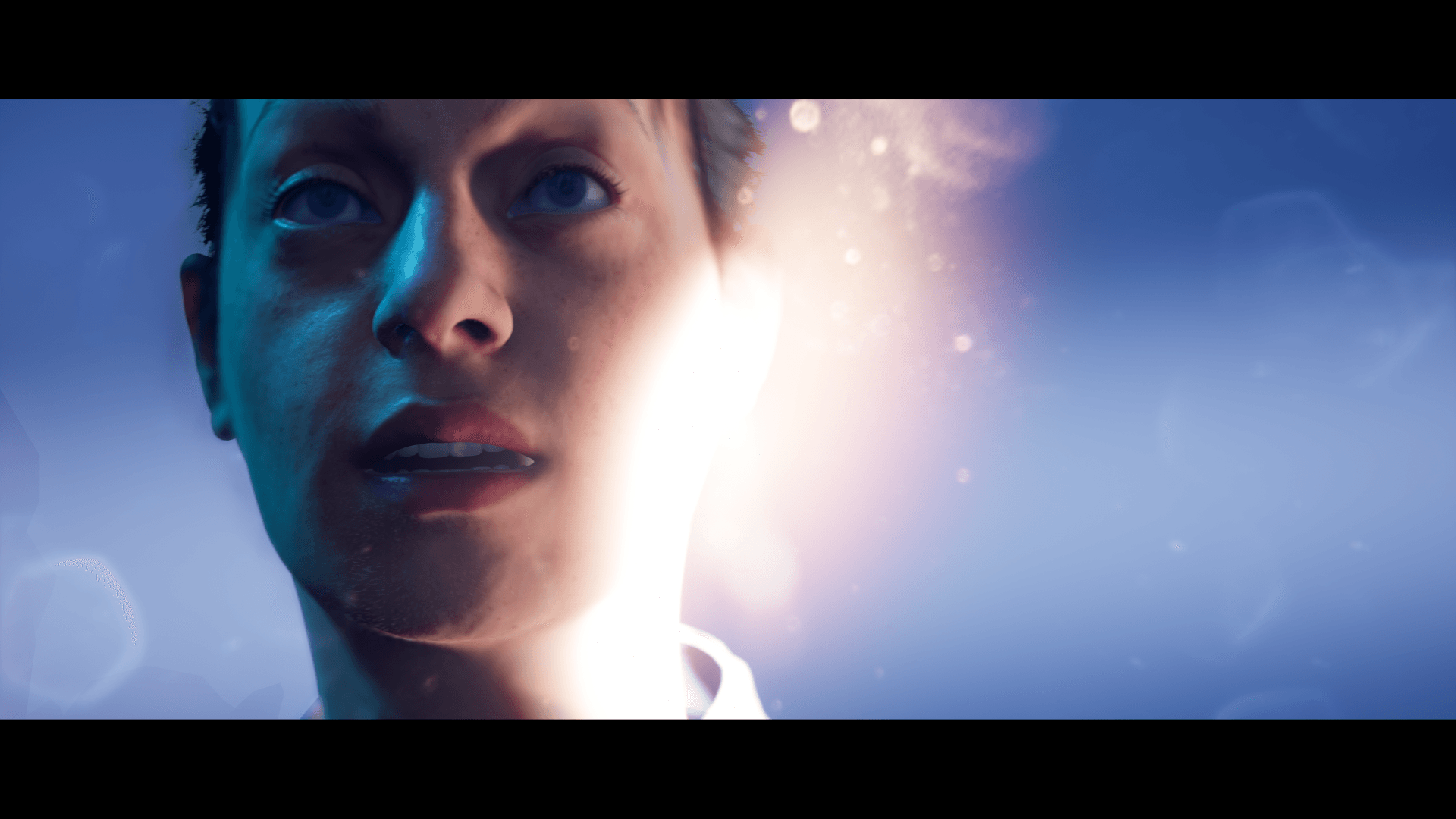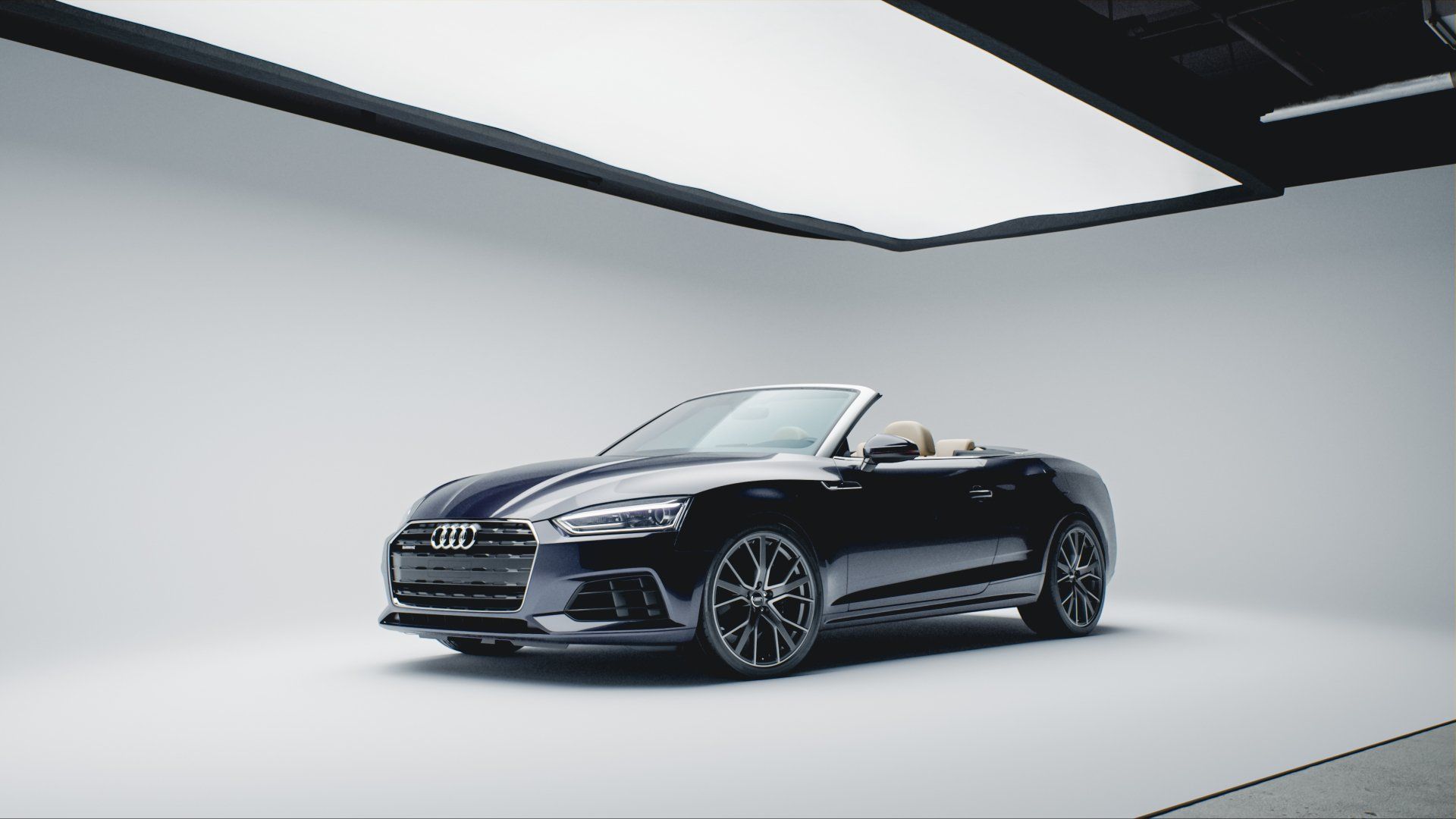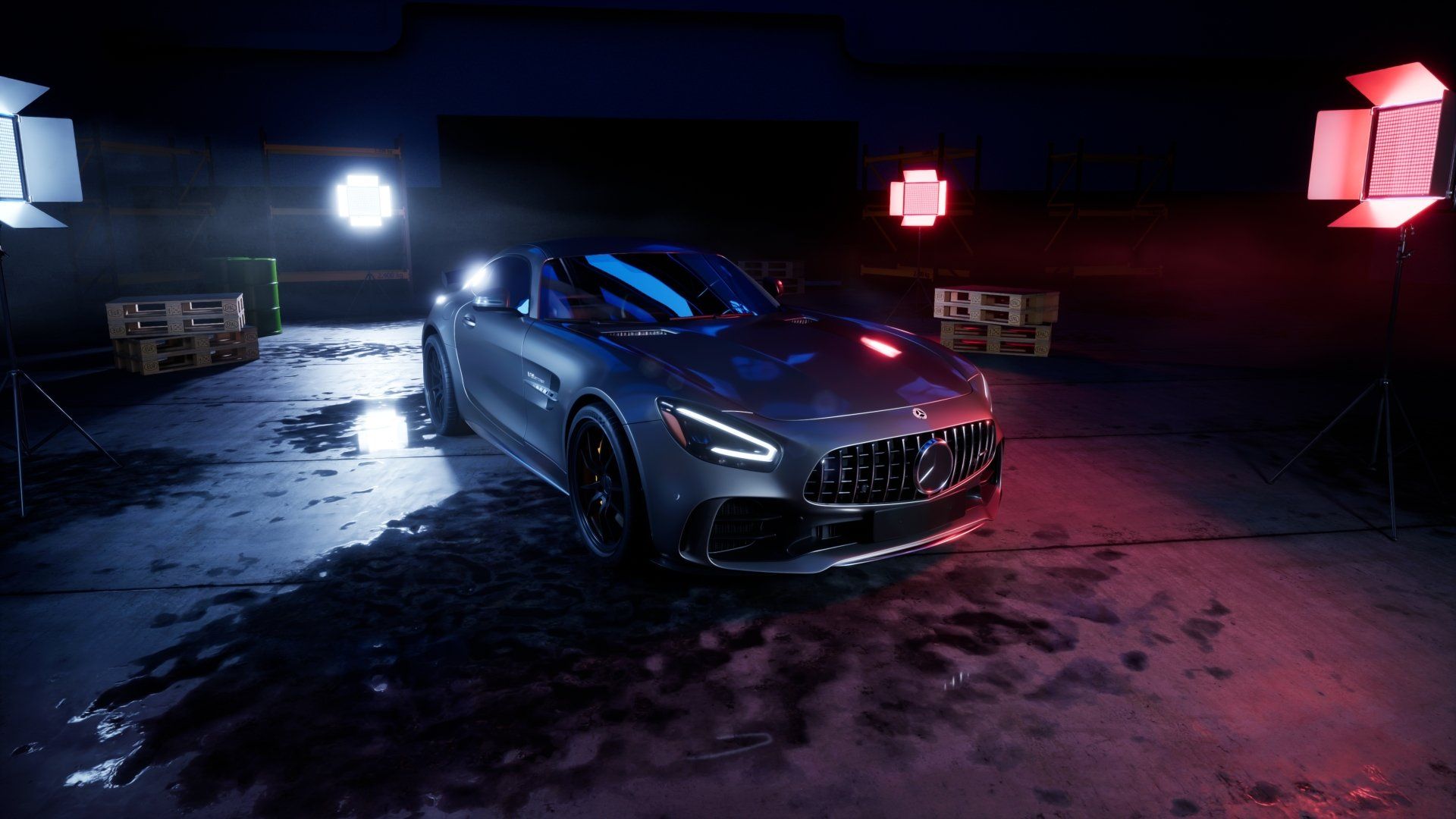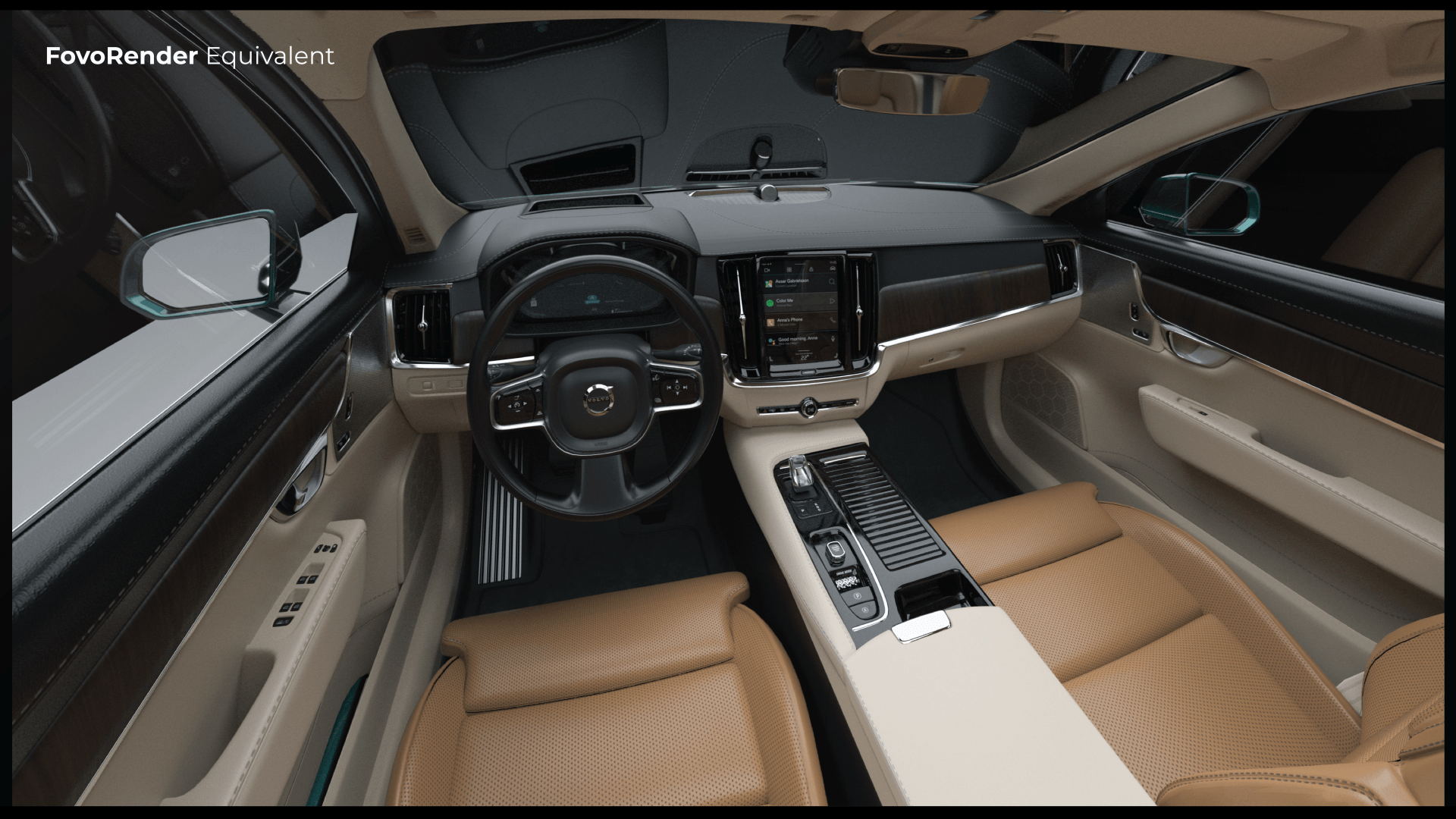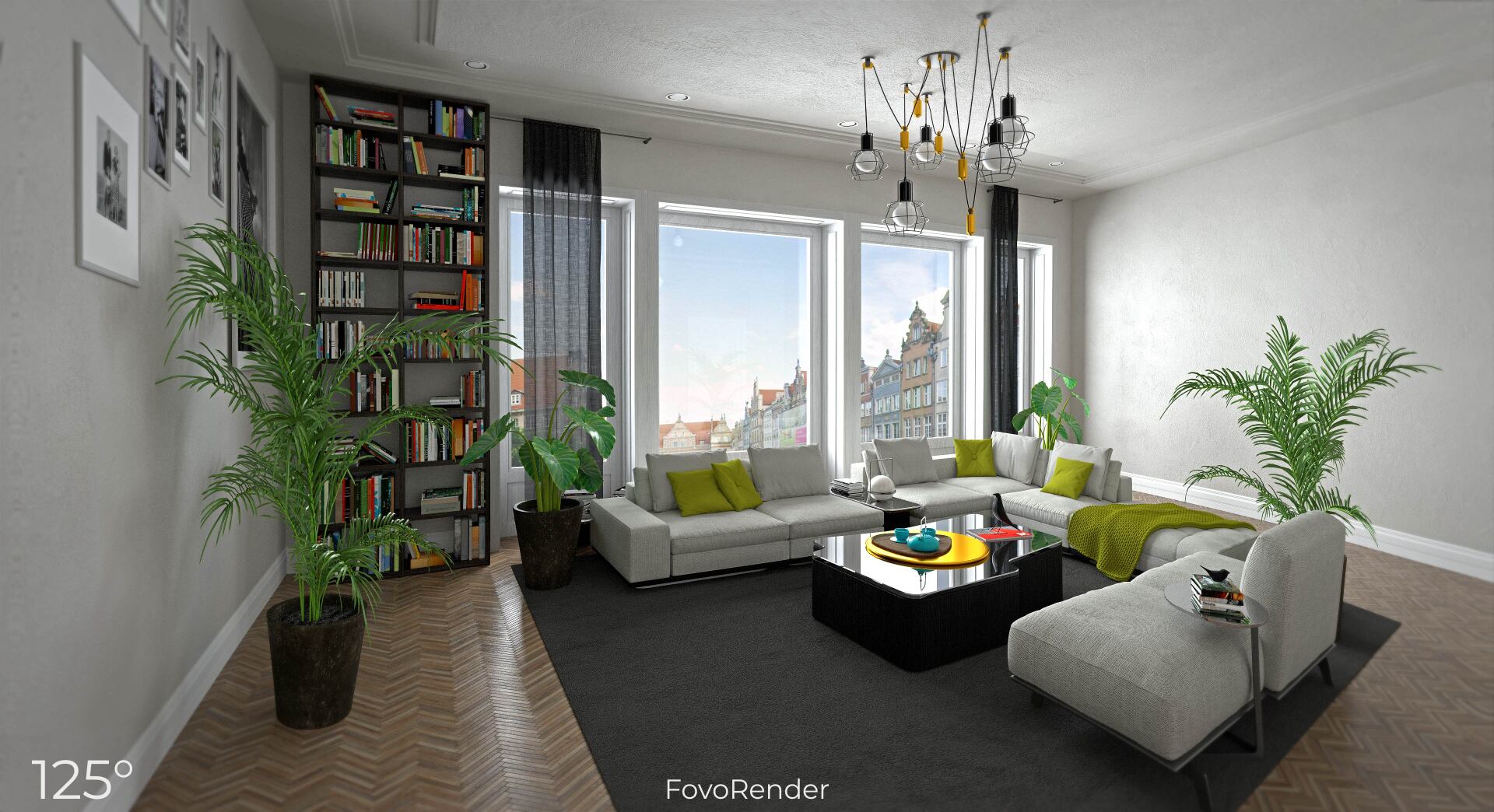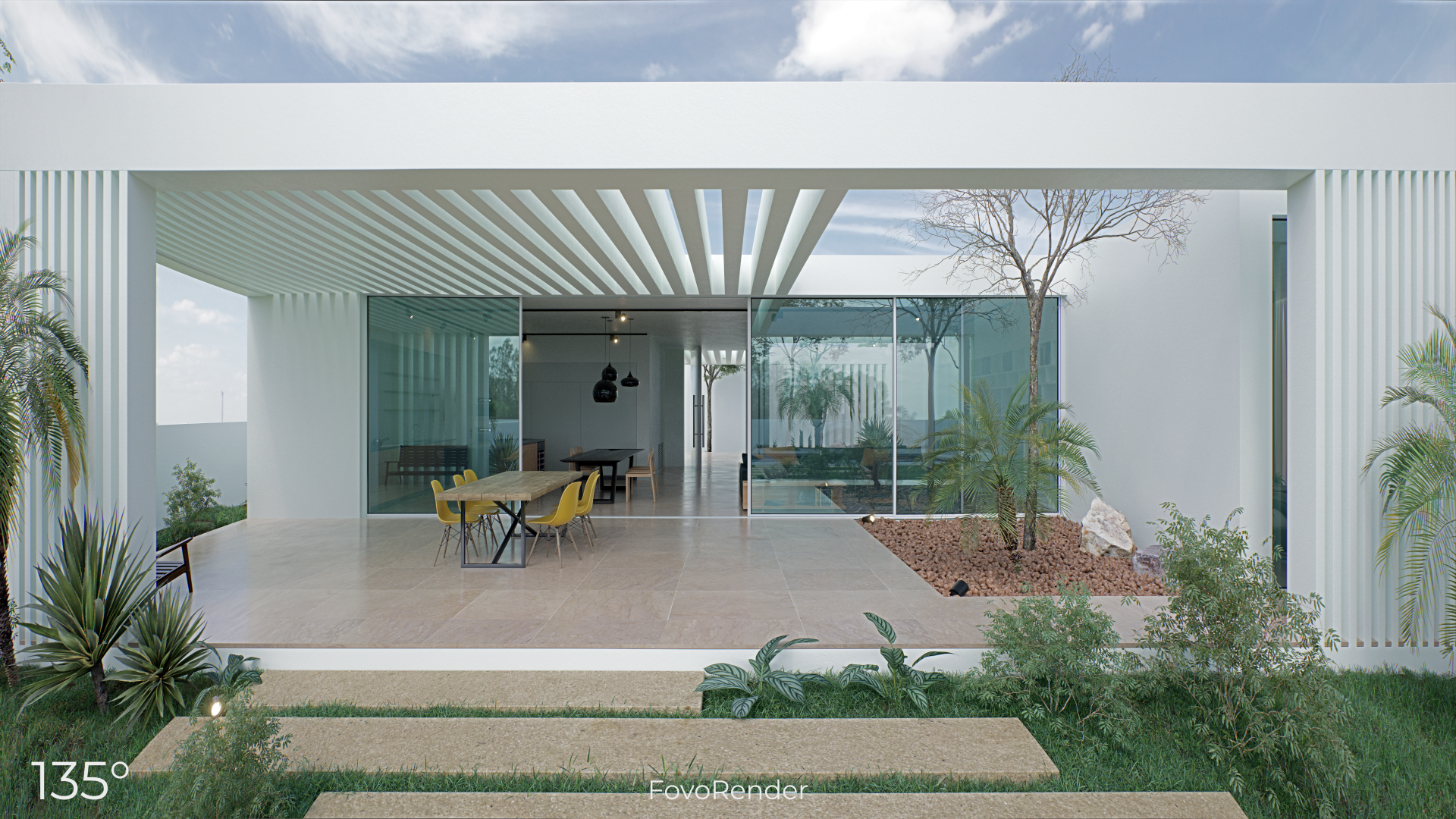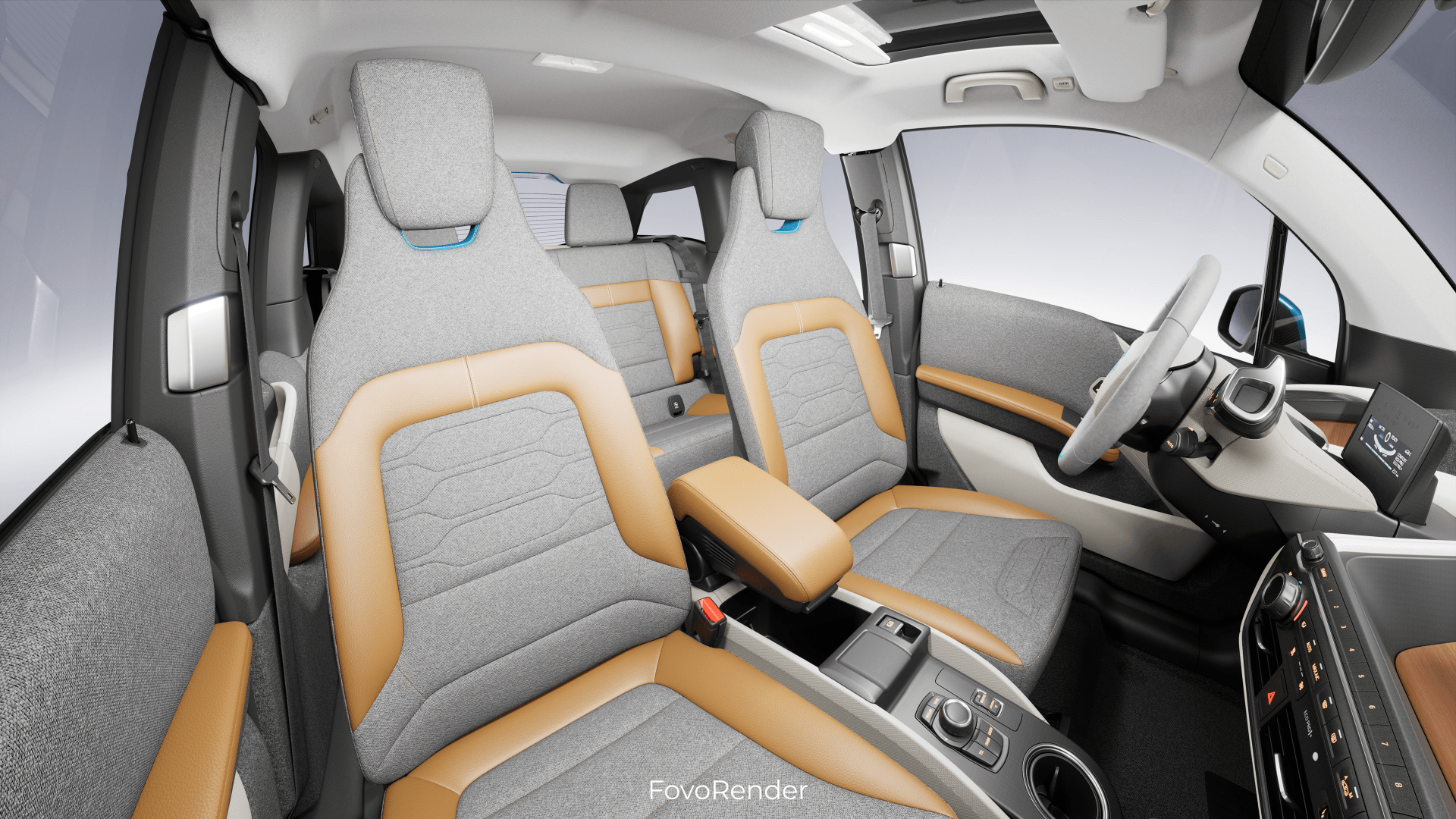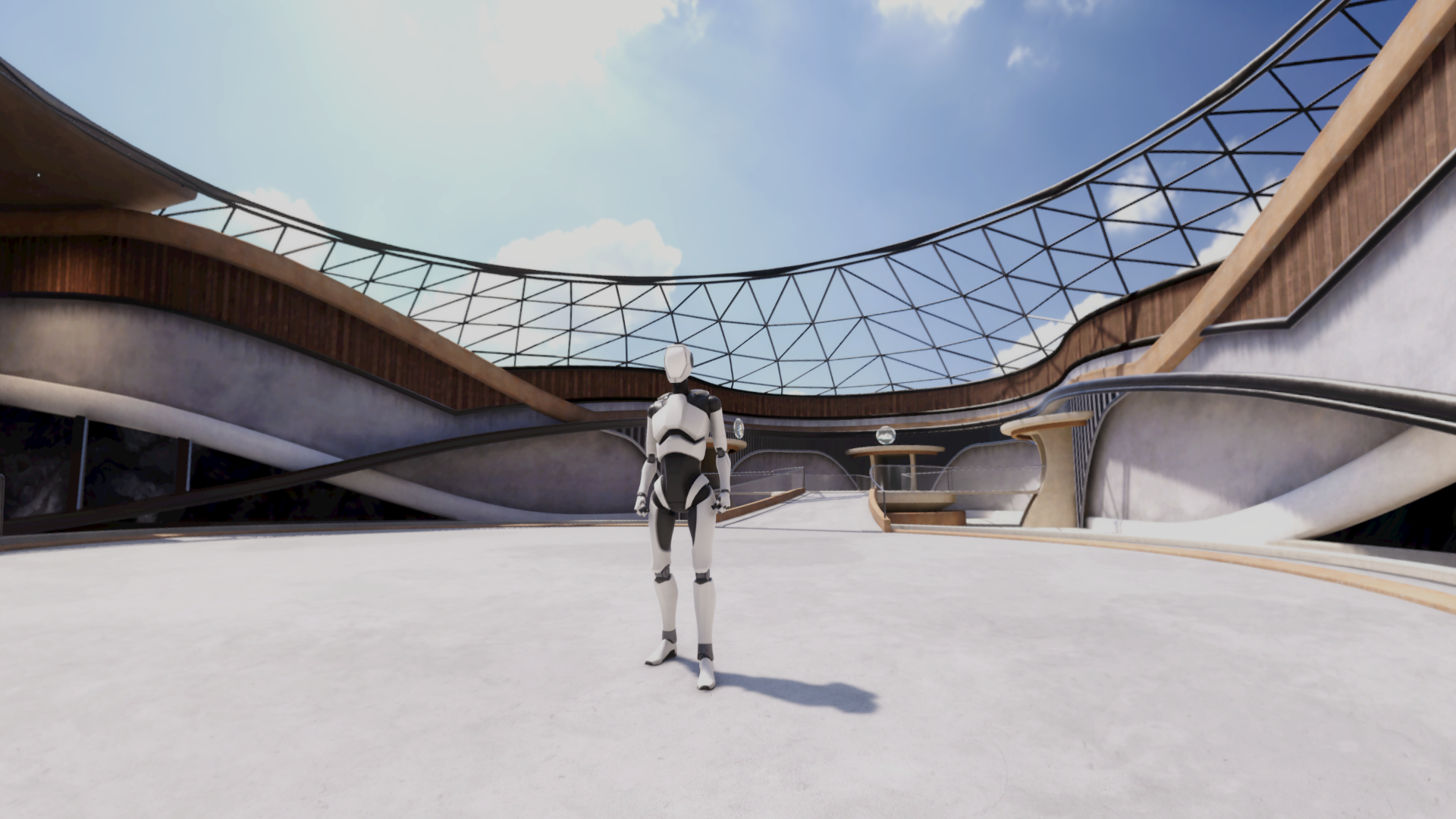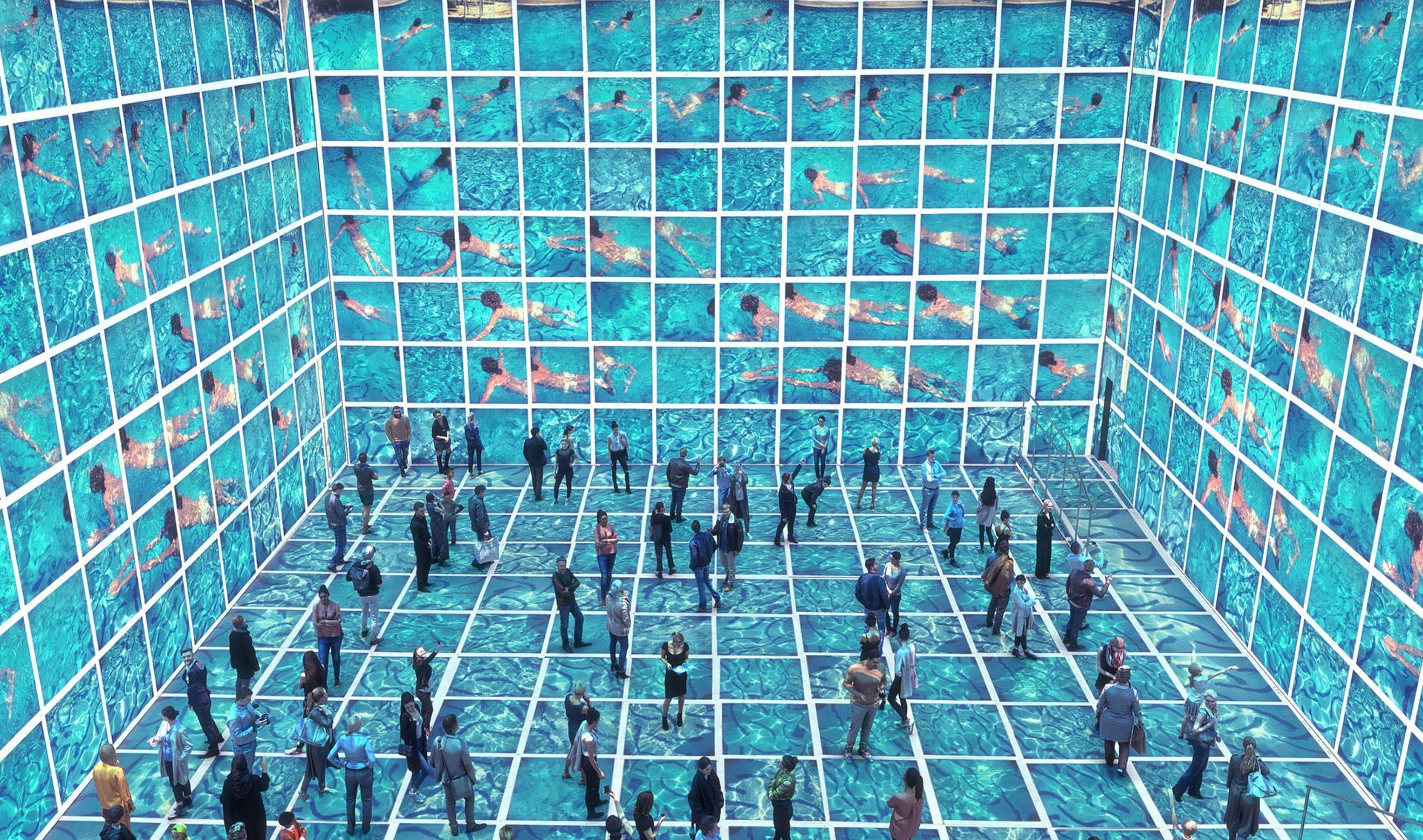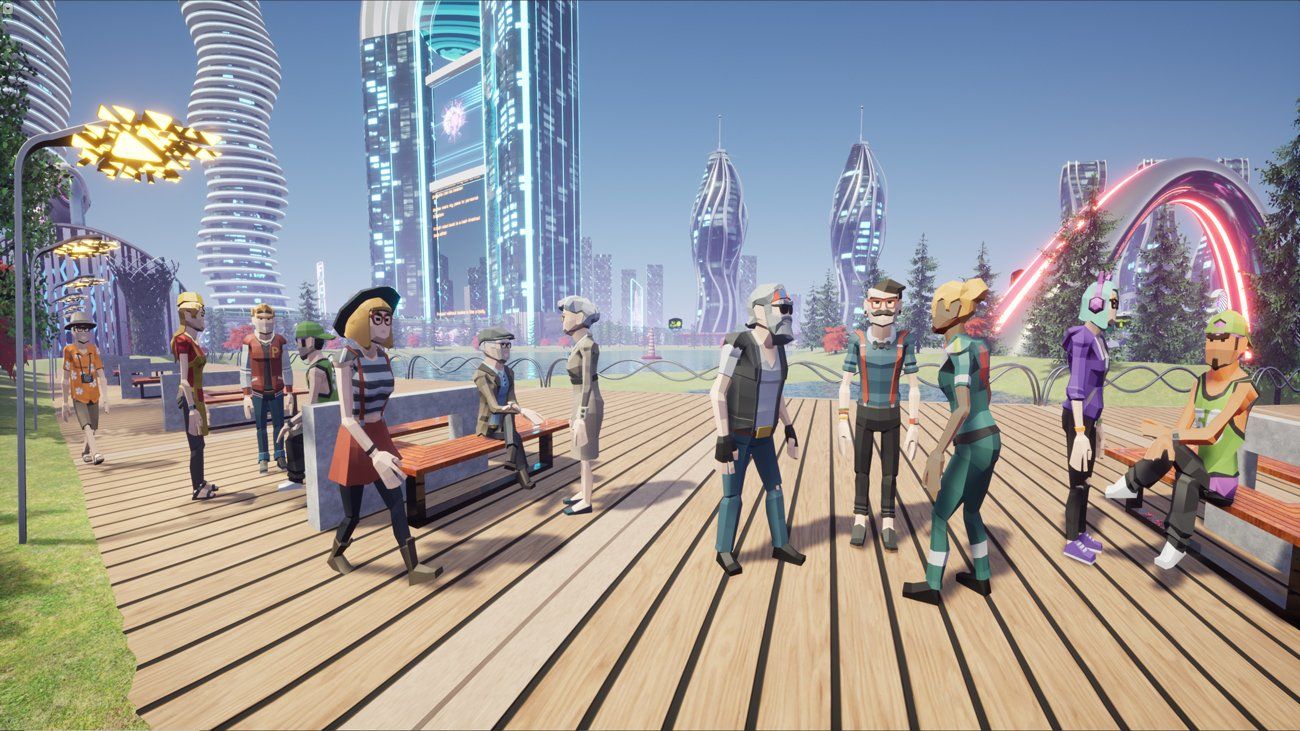The role of 3D Visualisation in the Automotive Industry
What comes to mind when you think about 3D? In recent years, we have all become more familiar with this term and we have seen it and experienced it in our lives, sometimes even more than we realise.
We have 3D glasses and 3D Animation that lead to an enhanced cinematic experience or home cinema experience, we have 3D printing that allows people to even print human hearts and of course, we have 3D Visualisation.
But, what does 3D Visualisation entail?
As the name itself suggests, it helps people create better visuals with three dimensions and make everything look a lot more realistic. You might have heard of that same term as 3D rendering or 3D graphics or computer-generated images(CGI).
In 2019, the
3D Rendering Market size reached 2 USD billion. We also see that
the forecast for the industry is looking highly optimistic since the growth estimation is at over 20% CAGR between 2020 and 2026.
3D Rendering has many uses across various industries but the focus of this blog post will be about its trending current applications in the automotive industry.
3D Rendering in the Automotive Industry
When you want to buy a new car and you look at the photos of the model you like, it feels nothing like the live experience. Actually, the difference between the two might actually put you off as a buyer. What 3D rendering is trying to achieve is to create a more realistic experience by producing a wider field of view.
Imagine creating such realistic images that you could almost feel like you are in the car. This could be a great commercial benefit for dealerships that would invest in such technologies because they could convince the end-customer of a car’s benefits without even getting into the car.
Especially since last year, after Covid-19 struck, people could not really go for a test-drive and struggled when they had to make such an important decision as buying a car. This technology can be a game-changer.
Many major companies have shut down their physical dealerships completely and are turning to completely virtual and 3D solutions.
“The future of Volvo Cars is defined by three pillars: electric, online and growth,” says Lex Kerssemakers, head of global commercial operations “We want to offer our customers peace of mind and a care-free way of having a Volvo, by taking away complexity while getting and driving the car. Simplification and convenience are key to everything we do.”
This is something that 3D Rendering solutions like FovoRender can give to the end customer.
An immersive experience that can equalise the physical to the virtual experience with an 180° field of view.
The rising industry competition has pressurized enterprises to adopt 3D models for better visualization of their products, consequently ensuring a competitive edge in the dynamic market.
The challenging part of the rendering when it comes to the automotive industry is how cramped the interior spaces of a car are. This is actually why the 2D images look so flat. To gain more insights into
how the 3D Rendering works you can have a look here, at one of FovoRender’s case studies.
When using FovoRender, which is a
3D Rendering technology you get 6 times the volume of space compared to a 2D image. Standard renders produce surprisingly distorted-looking objects even at relatively low fields of view, whereas FovoRender produces a far more natural looking image that gives the true experience of “being there” even when viewing on a standard flat screen at home.
There is no doubt this is a game-changing technology for the automotive industry that will help the early adopters gain an advantage over their competitors. We have seen it before when the first 3D Visualisation technologies were first introduced. Maybe now is a good time to become part of the action and provide your customers with more immersive experiences of your product.
For any further information on ultra-wide fields of view even up to 180 degrees,
contact Fovotec.
